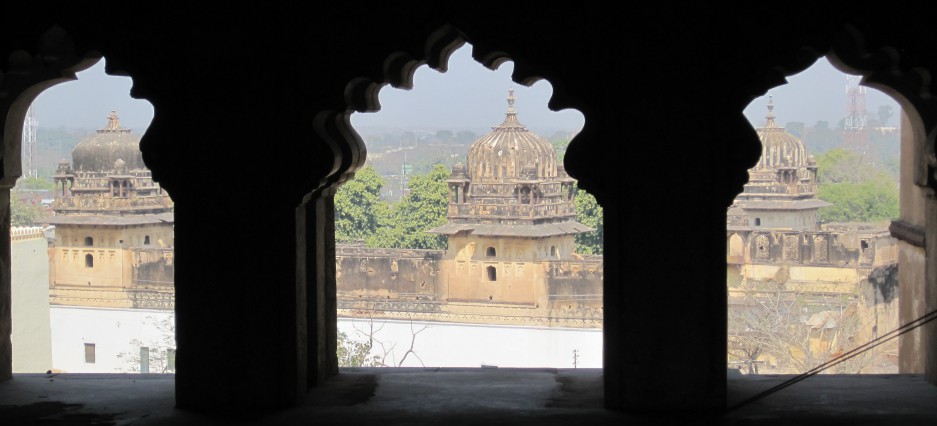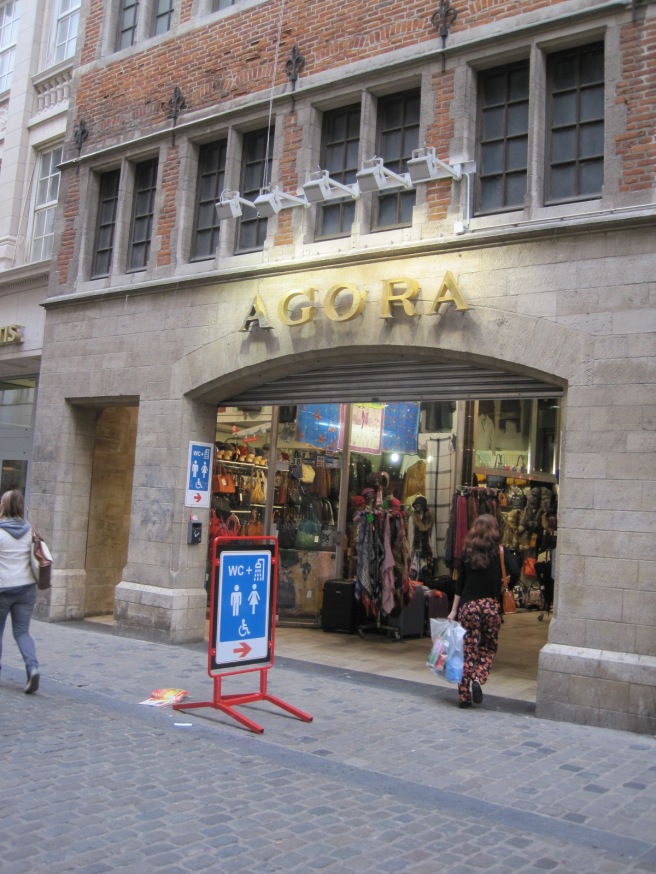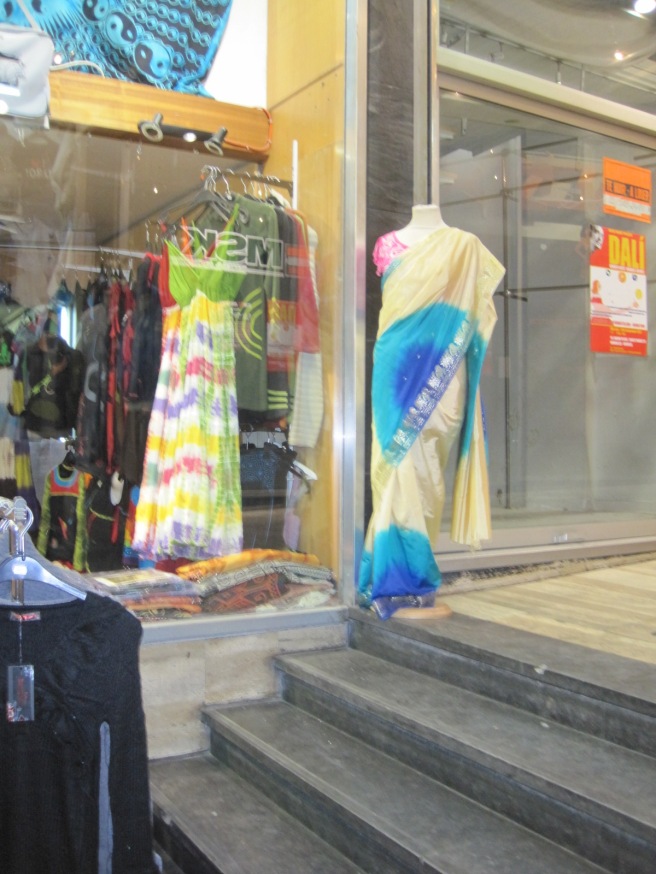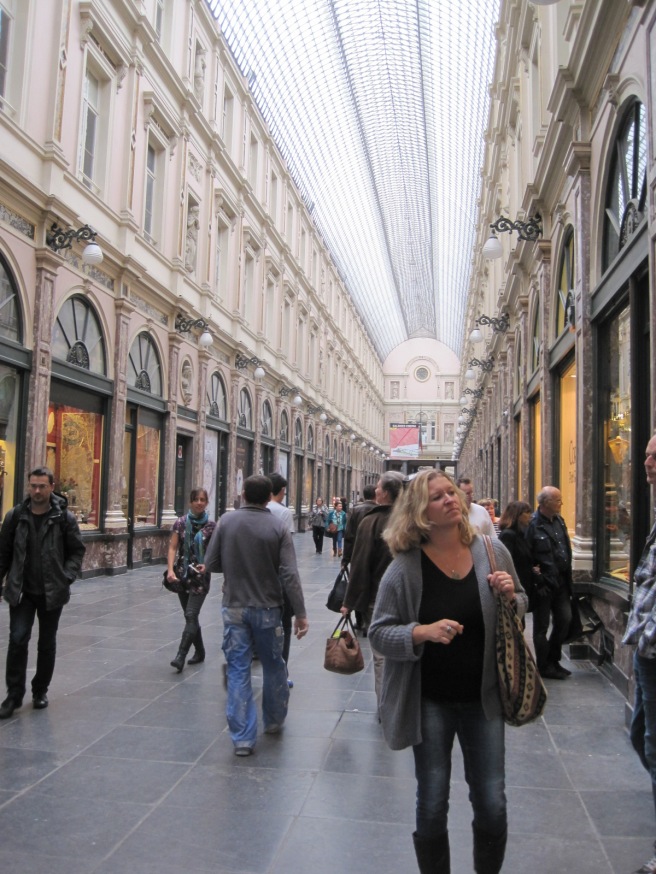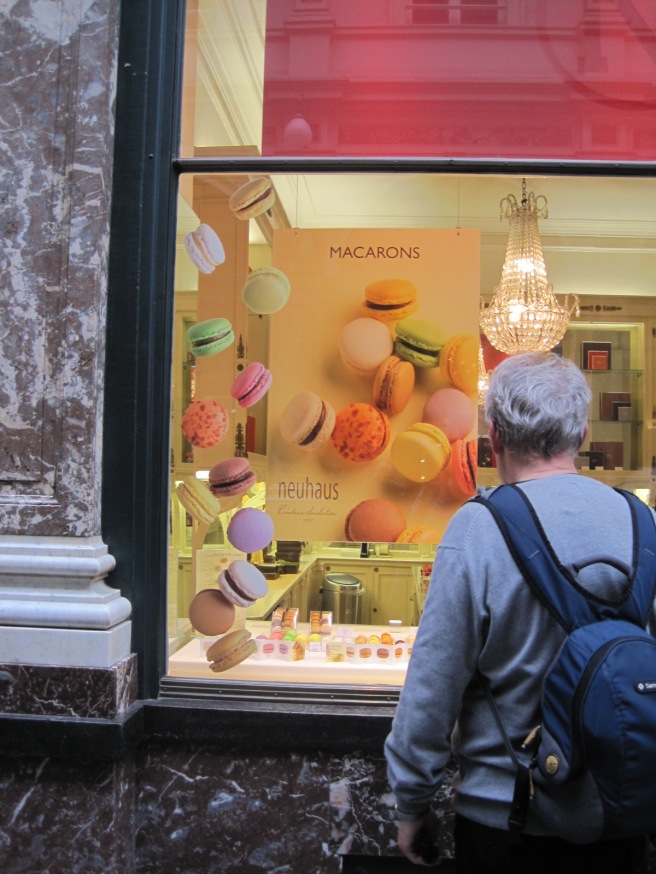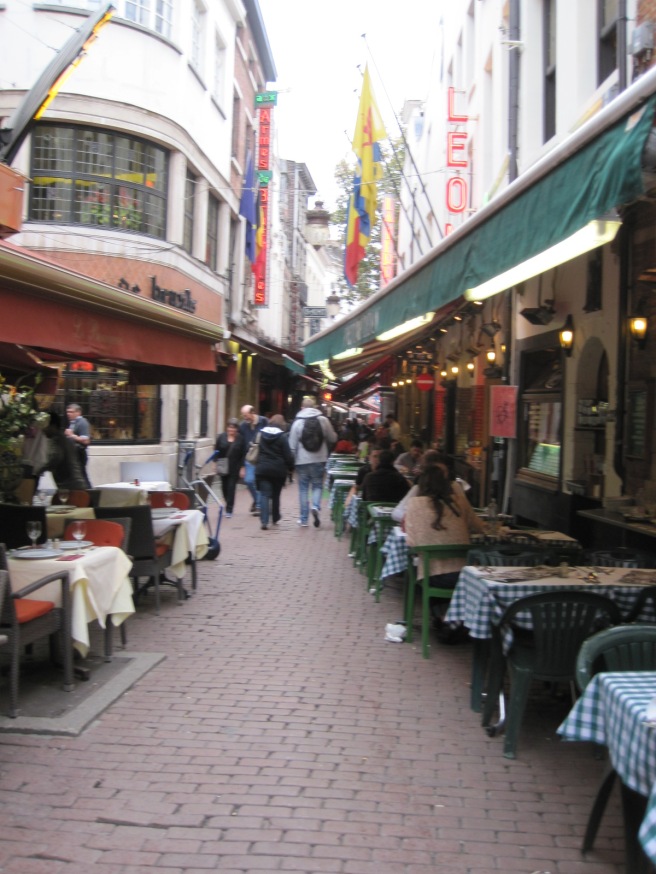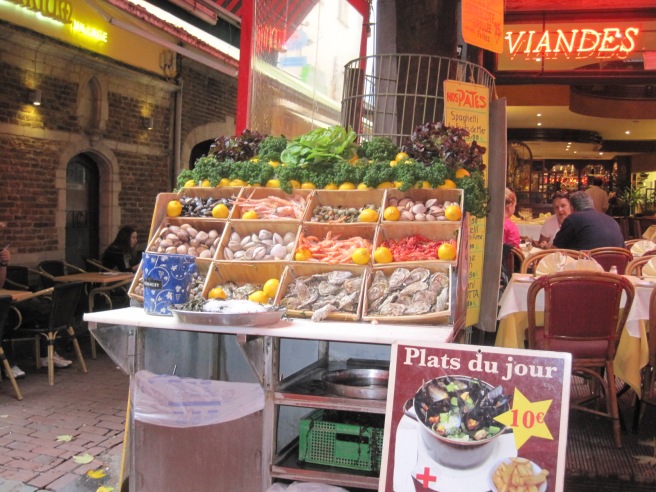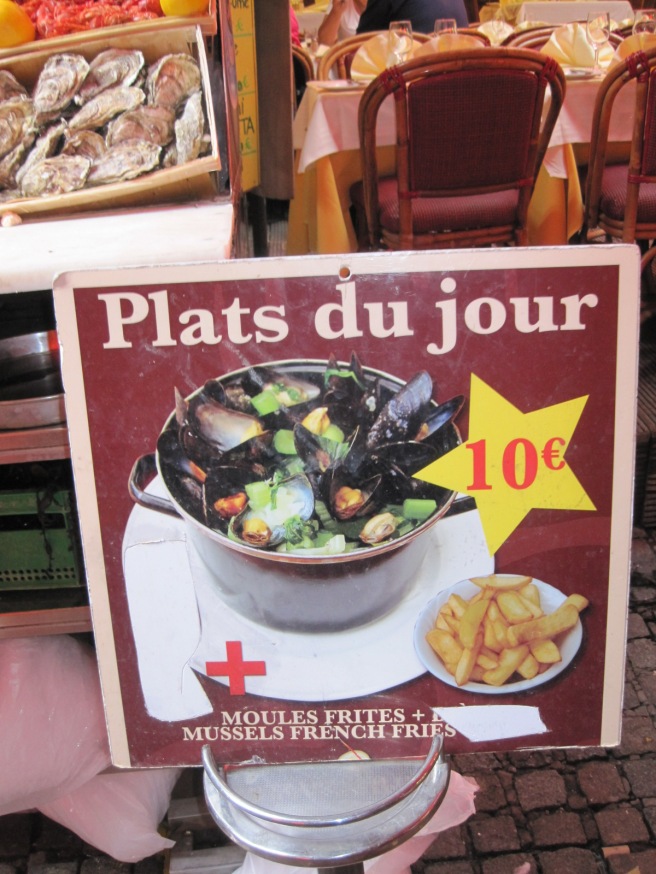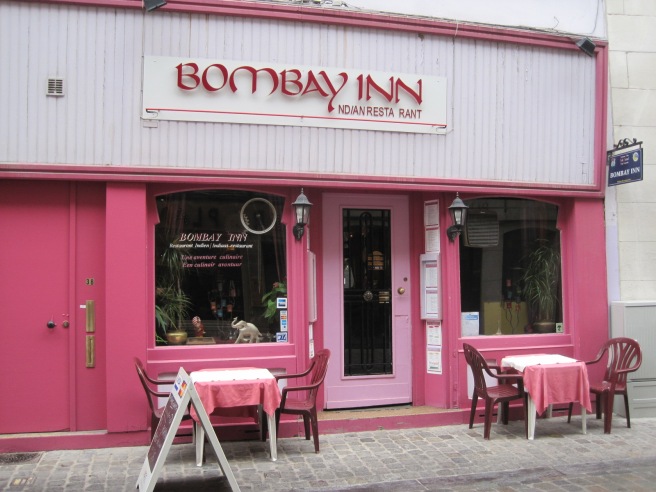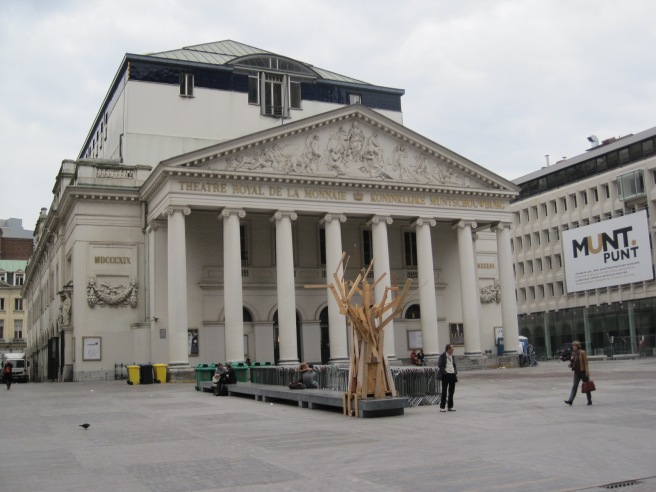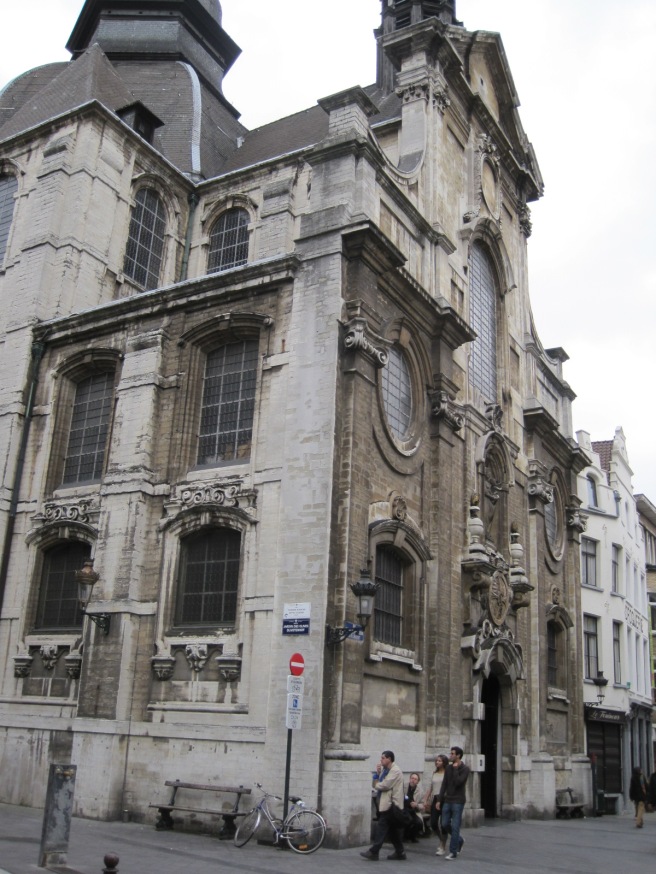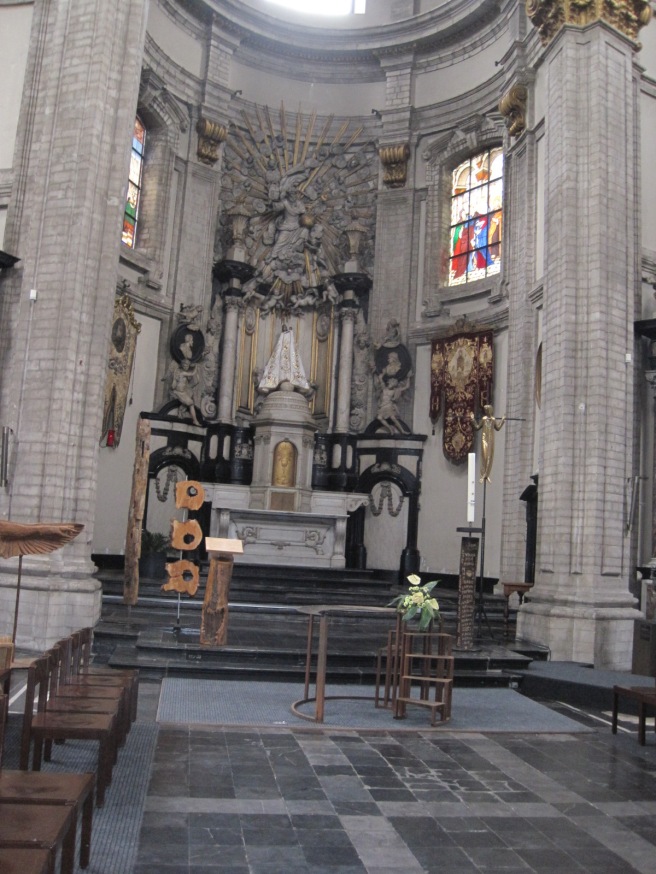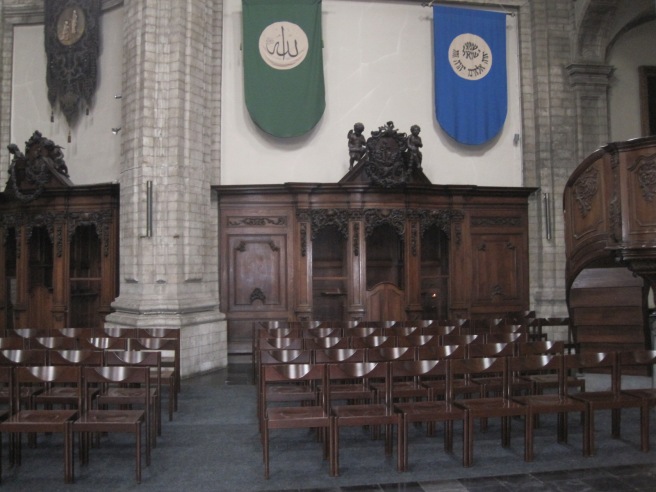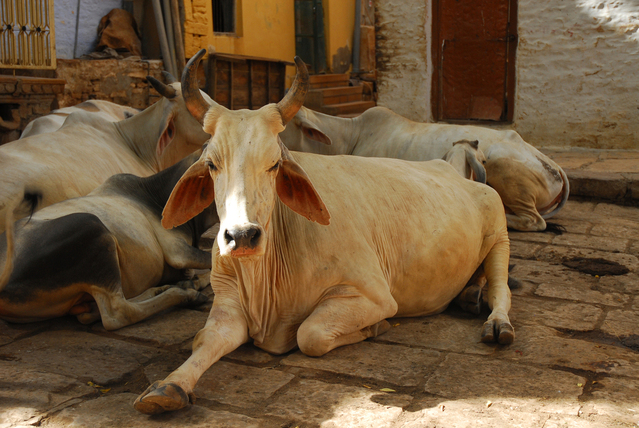
What’s Saint John got to do with it?
In pagan Europe, the longest day (and shortest night) of the year, associated with the summer solstice, was considered a sacred event. The actual date can fall anytime between 19 June and 25 June. In Southern France, and many other places, bonfires were lit on the hilltops, and healing herbs gathered before dawn were thought to be at the peak of their potency.
When Christianity was introduced, the Church – not yet divided into Orthodox, Catholic, and Protestant – allowed some of the ancient traditions to continue, after sanctifying them with a layer of religious varnish.
Thus, the 24th of June became the feast day of St. John the Baptist, and the bonfires became “St. John’s fires” (Les feux de la St.Jean in France and Québec) on the eve of it.
In some areas, the gathering of healing plants also survived. This has been the case in French Catalonia, where part of my family lives.
The magic of herbs
I happened to be present for the occasion a few years back, and have a few pictures (very amateurish ones, I’m afraid) to share. My sister Clara, who is married to the mayor of Montauriol, a tiny village in the Roussillon-Languedoc, has always been concerned about the disappearance of old local traditions and the danger of them being supplanted by foreign imports, like trick-or-treating on “Halloween.” She and her husband continue to encourage the old ways.
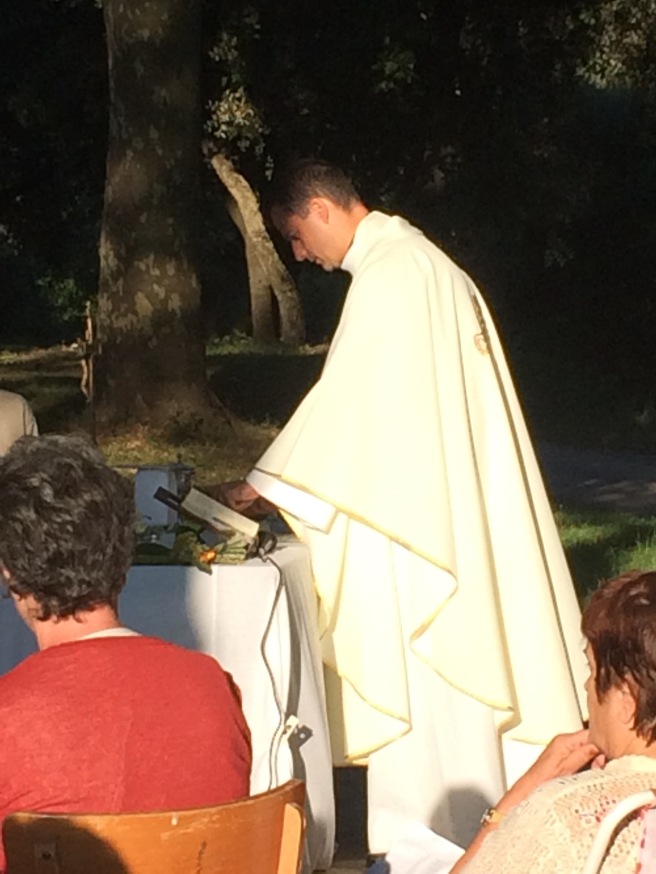
And so it happened that, on the morning of June 24th, 2015, I found myself outside an ancient little chapel in a clearing of the woods, part of a small congregation celebrating la St. Jean, “comme il faut.” A white-robed priest pronounced the appropriate prayers to bless the “pagan” herbs, as well as the congregation, who were liberally sprinkled with holy water in the process. In conclusion, a hymn of praise was sung to Our Lady of the Canigou, an epithet of Mother Mary associated with a majestic local mountain peak.
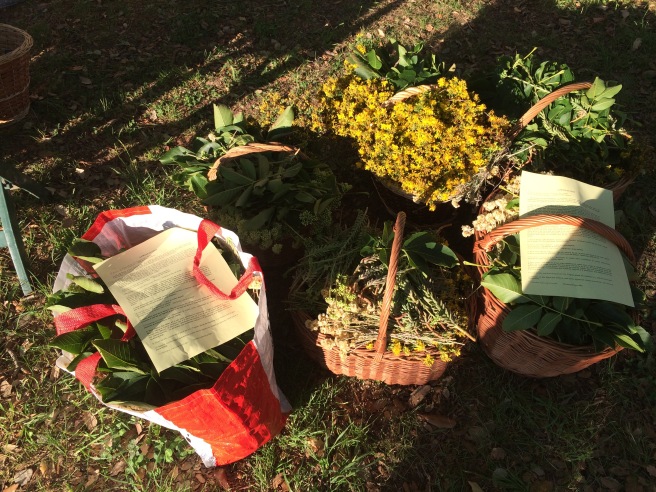
The locals had gone out at the crack of dawn to gather wormwood, houseleek, ground ivy, daisy, yarrow, sage, and, of course, St. John’s wort. These would now be taken home to be dried and used throughout the year, individually or in combination. Clara had made little posies, to be given to relatives and friends. They would be fixed over the door in their houses as a decoration, but also to ward off illness and evil.
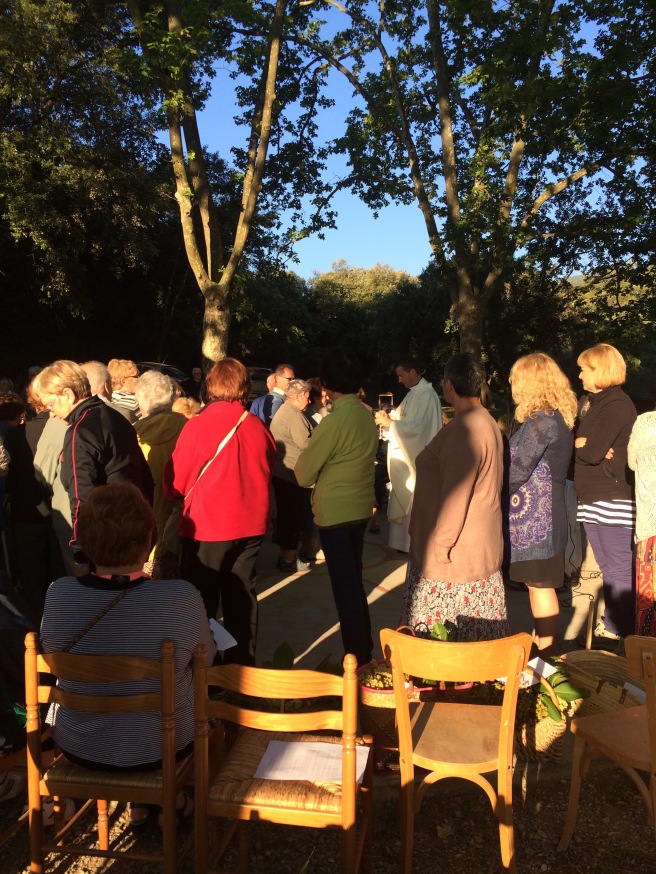
After the prayer service, the doors to the little chapel (too small to hold even this smallish crowd) were opened, so we could all have a look at the interior, decorated with flowers and candles for the occasion.

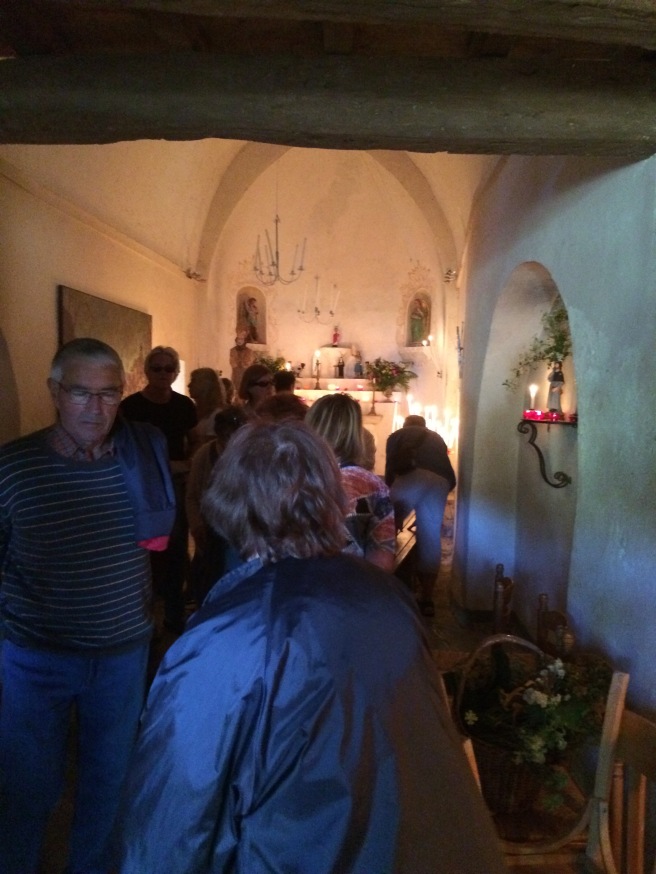

Let me know if you have enjoyed this short journey to the South of France!
